On Earth, nickel occurs most often in combination with sulfur and iron in pentlandite, with sulfur in millerite, with arsenic in the mineral nickeline, and with arsenic and sulfur in nickel galena. Nickel is commonly found in iron meteorites as the alloys kamacite and taenite.
The bulk of the nickel mined comes from two types of ore deposits. The first are laterites, where the principal ore minerals are nickeliferous limonite: (Fe, Ni), O, (OH) and garnierite (a hydrous nickel silicate): (Ni, Mg), Si, O, (OH). The second are magmatic sulfide deposits, where the principal ore mineral is pentlandite: (Ni, Fe), S.
Australia and New Caledonia have the biggest estimate reserves (45% all together). In terms of World Resources, identified land-based resources averaging 1% nickel or greater contain at least 130 million tons of nickel (about the double of known reserves). About 60% is in laterites and 40% is in sulfide deposits.
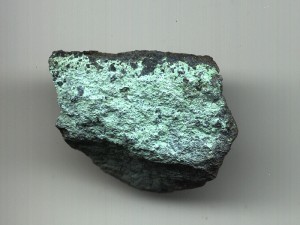
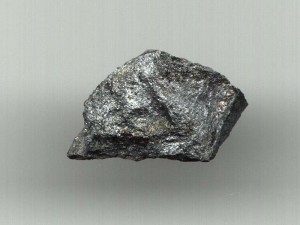
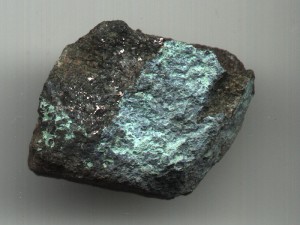
Based on geophysical evidence, most of the nickel on Earth is postulated to be concentrated in the Earth’s outer and inner cores. Kamacite and taenite are naturally occurring alloys of iron and nickel. For kamacite, the alloy is usually in the proportion of 90:10 to 95:5, although impurities (such as cobalt or carbon) may be present, while for taenite the nickel content is between 20% and 65%. Kamacite and taenite occur in nickel iron meteorites.
Nickel is recovered through extractive metallurgy: it is extracted from its ores by conventional roasting and reduction processes that yield a metal of greater than 75% purity. In many stainless steel applications, 75% pure nickel can be used without further purification, depending on the composition of the impurities.
Most sulfide ores have traditionally been processed using pyrometallurgical techniques to produce a matte for further refining. Recent advances in hydrometallurgical techniques have resulted in significant nickel purification using these processes. Most sulfide deposits have traditionally been processed by concentration through a froth flotation process followed by pyrometallurgical extraction. In hydrometallurgical processes, nickel sulfide ores undergo flotation (differential flotation if Ni/Fe ratio is too low) and then smelted. After producing the nickel matte, further processing is done via the Sherritt-Gordon process. First, copper is removed by adding hydrogen sulfide, leaving a concentrate of only cobalt and nickel. Then, solvent extraction is used to separate the cobalt and nickel, with the final nickel concentration greater than 99%.
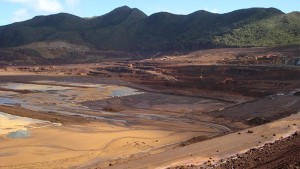
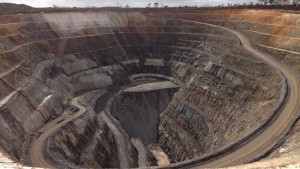
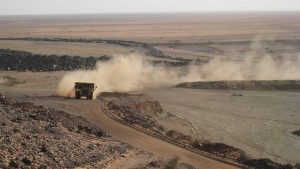
The fraction of global nickel production presently used for various applications is as follows: 46% for making nickel steels; 34% in nonferrous alloys and superalloys; 14% electroplating, and 6% into other uses.
Nickel is used in many specific and recognizable industrial and consumer products, including stainless steel, alnico magnets, coinage, rechargeable batteries, electric guitar strings, microphone capsules, and special alloys. It is also used for plating and as a green tint in glass. Nickel is preeminently an alloy metal, and its chief use is in the nickel steels and nickel cast irons, of which there are many varieties. It is also widely used in many other alloys, such as nickel brasses and bronzes, and alloys with copper, chromium, aluminium, lead, cobalt, silver, and gold (Inconel, Incoloy, Monel, Nimonic).
Because of its resistance to corrosion, nickel has been occasionally used historically as a substitute for decorative silver. Nickel was also occasionally used in some countries after 1859 as a cheap coinage metal (see above) but in the later years of the 20th century was largely replaced by cheaper stainless steel (i.e., iron) alloys, except notably in the United States and Canada.
Nickel is an excellent alloying agent for certain other precious metals, and so used in the so-called fire assay, as a collector of platinum group elements (PGE). As such, nickel is capable of full collection of all 6 PGE elements from ores, in addition to partial collection of gold. High-throughput nickel mines may also engage in PGE recovery (primarily platinum and palladium); examples are Norilsk in Russia and the Sudbury Basin in Canada.
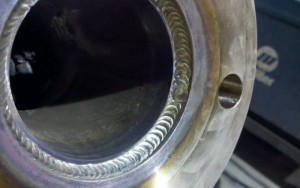
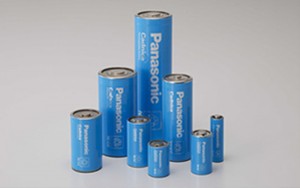
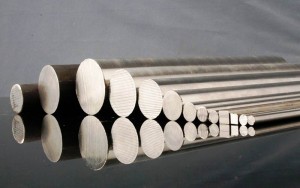
Nickel foam or nickel mesh is used in gas diffusion electrodes for alkaline fuel cells. Nickel and its alloys are frequently used as catalysts for hydrogenation reactions. Raney nickel, a finely divided nickel-aluminium alloy, is one common form, however related catalysts are also often used, including related ‘Raney-type’ catalysts.
Nickel is a naturally magnetostrictive material, meaning that, in the presence of a magnetic field, the material undergoes a small change in length. In the case of nickel, this change in length is negative (contraction of the material), which is known as negative magnetostriction and is on the order of 50 ppm.
Nickel is used as a binder in the cemented tungsten carbide or hardmetal industry and used in proportions of six to 12% by weight. Nickel can make the tungsten carbide magnetic and adds corrosion-resistant properties to the cemented tungsten carbide parts, although the hardness is lower than those of parts made with cobalt binder.
Source: Wikipedia
